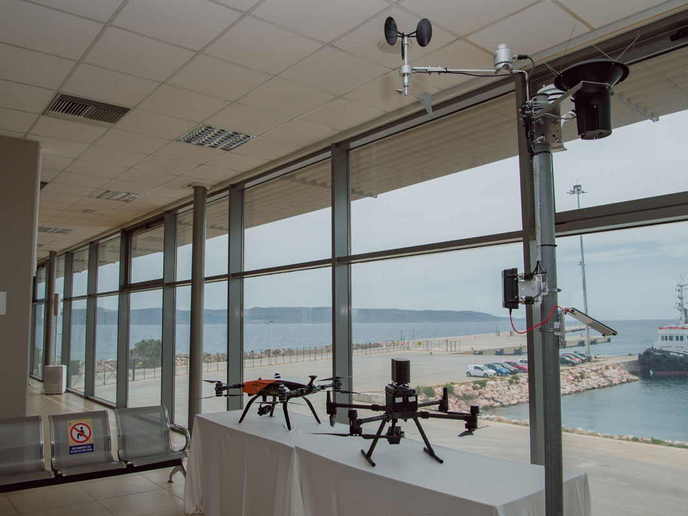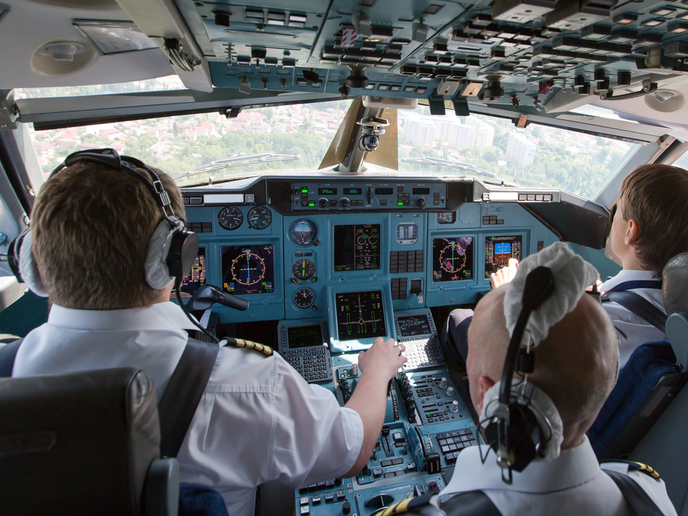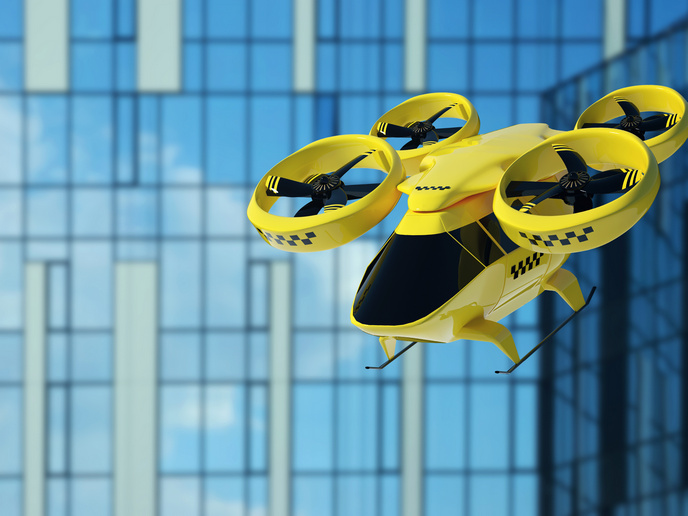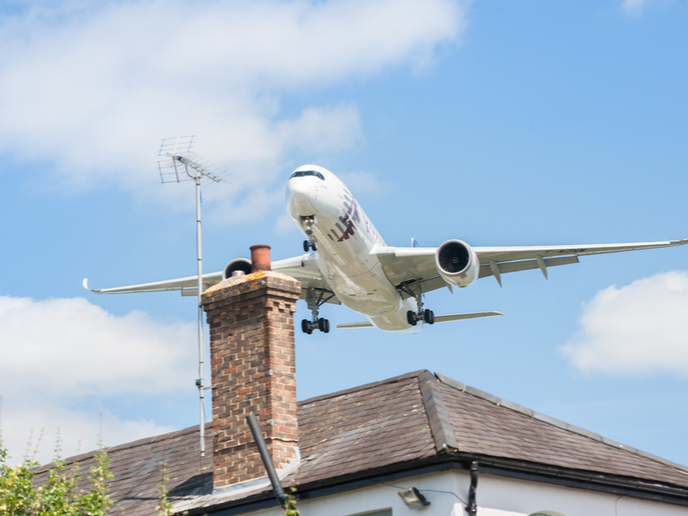Drone safety project takes flight
Although drones have been around for quite some time, discovering innovative uses for these devices is important to make the technology more relevant and reliable. Take airport and waterway security and safety: drones could reduce operational costs through Navigation Aids equipment inspection and calibration, security checks at the airport perimeter, as well as runway, taxiway, aircraft and waterway inspections. However, the integration of drones into airspace and waterways poses significant challenges, particularly in areas with heavy commercial traffic. Addressing these challenges, the EU-funded 5D-AeroSafe project embarked on a 42-month journey to develop drone-based services aimed at enhancing the safety and security of airports and waterways while simultaneously reducing operational costs. Finalised in November 2023, one of the project’s main goals was to tackle the complexities of integrating this technology into restricted airspace and waterways where commercial flights and maritime activities abound. Another important objective was to conduct operational test pilots under near-real conditions to validate the efficacy of the developed solutions.
How to coexist with commercial air traffic
According to Philippe Chrobocinski, project coordinator of 5D-AeroSafe, there were several key results at the end of the project and in different domains. Regarding its technical success: “The project culminated in the development of an integrated system that exceeded expectations in terms of maturity and reliability. The system emerged as a robust prototype capable of effectively inspecting airports and waterways without major issues,” says Chrobocinski. In terms of operational milestones, the system's waterway version demonstrated operational feasibility, allowing end-users to operate it independently. Trials conducted at Lavrio port in Greece showcased the system's compatibility with existing processes and interfaces. “The project exceeded performance expectations, with inspections of waterways completed in just 7 minutes, well below the targeted 15-minute timeframe. This efficiency promises significant time savings for routine inspections,” adds the 5D-AeroSafe project coordinator. Besides technicalities and operational concerns, a pivotal objective was to demonstrate the safe coexistence of drones with commercial air traffic. This was another goal that was achieved. Through meticulous planning and real-time monitoring, the project successfully integrated drone flights into airspace without compromising safety, garnering confidence from airport and waterway operators.
A challenge named COVID
While negotiations with civil aviation and port authorities were necessary for securing authorisations, this was not a big problem for the research team, as they were approved smoothly. “For airports, it was more difficult because, during the COVID crisis, the operators had other concerns than supporting research projects,” says Chrobocinski. But eventually, thanks to partnerships with entities such as the Greek Waterways Authorities and the Polish Air Force Academy, they performed trials in coastal areas of Greece and in Warsaw Radom Airport. So how will 5D-AeroSafe be implemented? For the project coordinator, the waterway version, spearheaded by Greek SME FINT, aims for rapid industrialisation to meet urgent operational needs. For airports, the focus shifts towards broader adoption, with endorsement from EUROCONTROL as a critical step in evolving Air Traffic Management operations.
Flying forward
With the project concluded, attention turns to advancing the developed solutions towards commercialisation and widespread adoption. FINT will lead the efforts to refine and scale the system for industrial use, supported by technical expertise and market insights from consortium partners. “Despite the multiple issues that we were faced with during the project, the consortium eventually managed to achieve all the objectives that we specified,” concludes Chrobocinski.
Keywords
5D-AeroSafe, drones, security drones, waterways, airports, aircraft, drone safety







